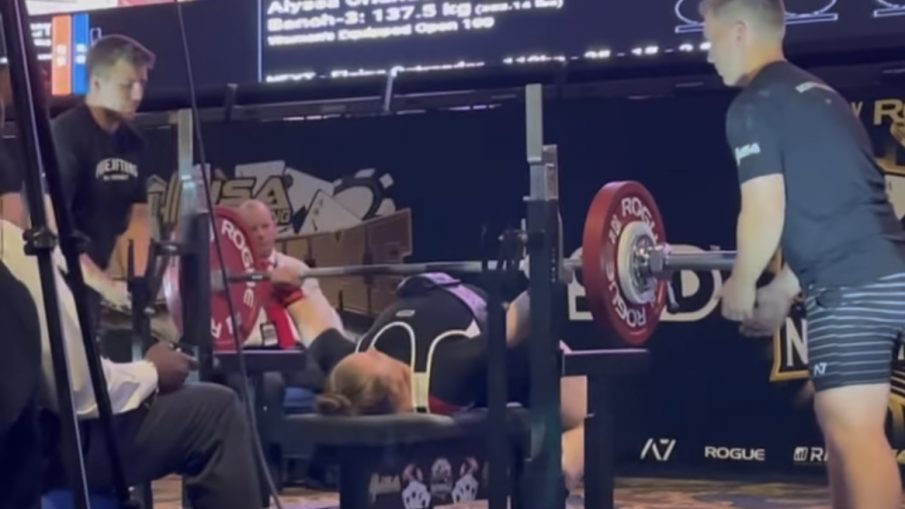Written by: Kevin Cann
Developing the highest levels of strength possible is a complex-coordination problem that the coach and athlete must solve. According to Frans Bosch, the strategy for this problem must be flexible and multi-purpose and that is only possible under two scenarios:
It must satisfy the intent of the movement
It must be suitable for solving several motor problems
Developing these complex skills are not a linear process. We do not start from being a beginner and move on to becoming a master in a linear fashion. This is how most hyper-specific programs are setup. The argument is that over time efficiency will increase and the lifter will improve their numbers in the lifts.
This will work until it doesn’t because training is not this all or nothing thing, but this method will only satisfy one of the criteria listed above. The athlete can most definitely replicate the intent of the movement by doing the exact movement itself, but it fails to recognize the second part.
Our brain wants to conserve energy all while dominating our environment. Movement patterns that are required for multiple solutions will be developed to a higher level. In a conjugate program we are using a lot of variability within the movements themselves. This develops higher levels of coordination within those patterns because the brain learns it can use them to solve many different problems within the training environment.
If we perform the movement the same way every single time, the brain will not be turned on in the same manner as it is just one pattern that it encounters. Therefore, lifters in hyper-specific programs struggle with wider stance squats, specialty bars, using bands, etc. Their numbers will decline under a change in environmental conditions. This is not a stable skill in this case and there will be greater fluctuations in performance, even under the conditions in which they train in frequently.
A lifter in a conjugate program is constantly solving different problems within the lifts. Numbers will fluctuate on variations due to a change in leverages, but the lifters tend to be consistently strong everywhere. Where we aren’t, we focus our training attention. This leads to greater flexibility within the skill and greater stability with the top end numbers.
Skill follows a winding path towards mastery and a conjugate program fits this path. There will be progress made, but also declines in performance due to how we learn these motor abilities. Just adjusting the weight on the bar to match these situations is not an ideal strategy of skill development.
Developing max strength is complex coordination. It is not just one signal from the brain to the body that says to “squat.” It is an interconnectedness of several circuits that need to interact in an incredibly time efficient manner to deliver the highest level of force output possible. “Higher” brain functions such as motivation can have a major impact on the inhibition and excitation of the nervous system, thus having a major impact on force output.
We can also get a pattern of improved performance from experienced athletes by using a novel exercise that still matches the sensory-motor information of the sporting movement. They can basically get beginner gains. Novelty grabs our attention circuits in our brain and sets us up to learn effectively. This leads to a few early weeks of rapid success.
Over time the improving performance will level off and the following success will be dependent upon increasing strength in individual muscles and developing the coordination between the muscles. Individual attention of weak muscles is necessary in a training program that is going to yield the highest levels of success. Once we strengthen the individual muscle, we can then develop its coordination with the other muscles in the sporting movement.
A coach who then wants to use the same exercise to continue to develop strength must then find a way to improve the limiting factor of the exercise. Can this be done by just gradually increasing volume or intensity? The answer is no.
Again, this is not this all or nothing thing with training. It can work, but how much of that is a moral victory and hampering long term development (over 5 years)? A conjugate program is setting the environment in a way where the brain needs to develop higher levels of coordination due to solving many problems. This is how the brain is built and the program matches that.
It is dependent upon the coach correctly identifying weak areas, and the lifter giving the effort into the exercises responsible to improve upon them. Many times, lifters will only give that higher attention to the main lifts, and this will not work because it will not improve upon the limiting factors.
All while we understand the winding road of skill development and the impacts of every aspect of our lives on that journey.

